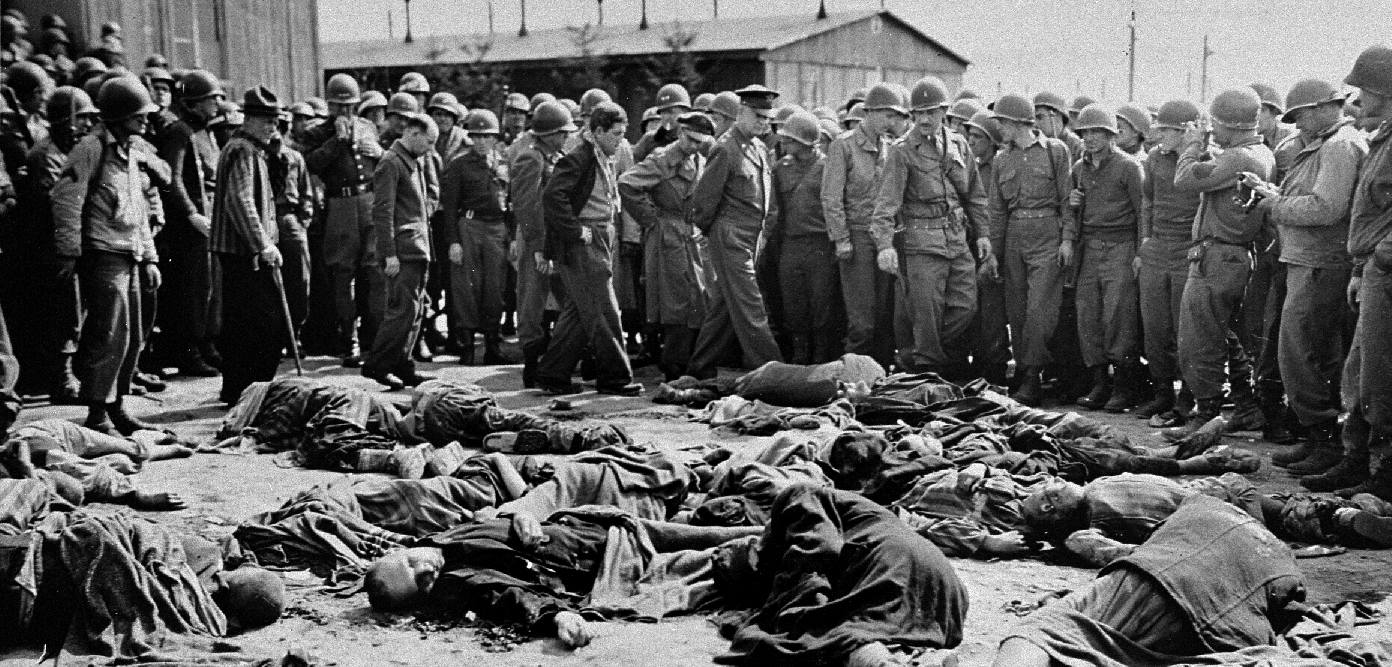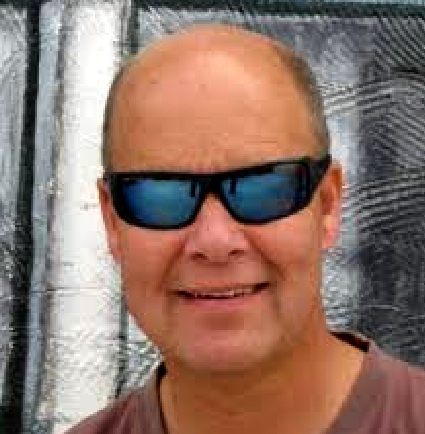|
DACHAU
HOME | CASE STUDIES | HISTORY | HUMAN RIGHTS | LAW | POLICE | POLITICS | RIGHTS | SHIT CREEK | SITE INDEX |
|||
|
EUGENICS - Crematorium at Buchenwald still containing the bones of anti-German women as a reminder that what you do in life, echoes in eternity.
Dachau concentration camp (German: Konzentrationslager (KZ)) was the first of the Nazi concentration camps opened in Germany, intended to hold political prisoners. It is located on the grounds of an abandoned munitions factory northeast of the medieval town of Dachau, about 16 km (10 mi) northwest of Munich in the state of Bavaria, in southern Germany.
Opened in 1933 by Heinrich Himmler, its purpose was enlarged to include forced labor, and eventually, the imprisonment of Jews, German and Austrian criminals, and eventually foreign nationals from countries that Germany occupied or invaded. The Dachau camp system grew to include nearly 100 sub-camps, which were mostly work camps or Arbeitskommandos, and were located throughout southern
Germany and Austria. The camps were liberated by U.S. forces on 29 April 1945.
FORCED LABOUR
The prisoners of Dachau concentration camp originally were to serve as forced labor for a munition factory, and to expand the camp. It was used as a training center for SS guards and was a model for other concentration camps. The camp was about 300 m × 600 m (1,000 ft × 2,000 ft) in rectangular shape. The prisoners' entrance was secured by an iron gate with the motto “Arbeit macht frei” (“Work will make you free”). This reflected Nazi propaganda, which trivialized concentration camps as labor and re-education camps, when in fact forced labor was used as a method of torture.
APRIL 1945
MEDICAL EXPERIMENTS
Buchenwald concentration camp (German: Konzentrationslager
(KZ) Buchenwald, in English: beech forest) was a German Nazi concentration camp established on Ettersberg hill near Weimar, Germany, in July 1937, one of the first and the largest of the concentration camps on German soil, following Dachau's opening just over four years earlier.
UK EUGENICS
Eugenics programmes did not stop with the Nazis. In the modern day Britian subtle eugenic agendas are pursued by police and councils, and even the state has sanctioned human rights violations for some kinds of crimes, about which David Blunkett was a party, in shifting the burden of proof in sex cases, without altering the scale of fees in relation to the extra cost of defending such cases.
Victorio Scarpa, David Whibley, Julian Black, Daniel Goodwin, Christine Arnold, Patrick Coffey, Timothy Dowsett
Christine Nuttall, David Phillips, Douglas Moss, Ian Kay, Charles Lant, Beverley Boakes, Kelvin Williams
Abbott Trevor - Alcock Charmain - Ditto - Arnold Chris (Christine) - Barakchizadeh Lesley - Paul Barker - Bending Christopher Black Julian - Boakes Beverley - Bradshaw Clifford - Brigginshaw Marina - Brown Ashley - Coffey Patrick - Douglas Sheelagh Dowsett Timothy - Flemming Mike - Forder Ralph - Garrett Martyn - Goodwin Daniel - Henham J - Holness Derek Hoy Thomas - Johnson Geoff - Kavanagh Geoff - Kay Ian - Kay I. M. - Barbara Kingsford - Lant Charles - Mercer Richard Mileman Niall - Moon Craig - Moss Douglas, J. - Nuttall Christine - Pettigrew Rex - Phillips David - Scarpa Victorio - Scott Trevor Kevin Stewart - Wakeford M. - Whibley David - White, George - Williams Kelvin - Wilson Kenneth - White Steve
https://www.kz-gedenkstaette-dachau.de/index-e.html https://en.wikipedia.org/wiki/Dachau_concentration_camp
LINKS & REFERENCE
|
|||
|
This site is free of © Copyright except where specifically stated 1997 - 2021. Any person may download, use and quote any reference or any link, and is guaranteed such right to freedom of information and speech under the Human Rights and Freedom of Information Acts. However, be aware that we cannot be held liable for the accuracy of the information provided. All users should therefore research matters for themselves and seek their own legal advice and this information is provided simply by way of a guide. Horse Sanctuary Trust UK All trademarks herby acknowledged.
This site contains copyrighted material the use of which has not always been specifically authorized by the copyright owner. We are making such material available in our efforts to advance understanding of environmental, political, human rights, economic, scientific, and social justice issues, etc. We believe this constitutes a 'fair use' of any such copyrighted material as provided for in section 107 of the US Copyright Law. In accordance with Title 17 U.S.C. Section 107, the material on this site is distributed without profit to those who have expressed a prior interest in receiving the included information for research and educational purposes. FAIR USE NOTICE
|













